
It is well known that all mining operations have one main issue that not only affects the plant´s operation but most importantly the bottom line, and this is abrasion. From the moment that the mineral ore begins to be moved by some method to the processing plant, to where the end product is handled there is critical equipment that is affected by abrasion. In some areas operating equipment may require repair or replacement in as little as one week, due to the aggressive operating environment in mining plants.
Before we can decide how to protect equipment from abrasive wear it is important to first identify the different types of abrasive mechanisms, all of which result in equipment surfaces being affected and worn away:
High Stress Grinding
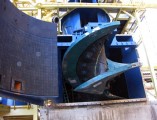
- This is typically seen where there are two opposing surfaces in relative motion with particles between them. If there is a force applied on the particles, this results in a reduction of size but also a loss to the surface of one or both opposing surfaces.
- This type of abrasion is typically seen in equipment such as crushers and grinding mills. Loss of metal to this vital plant equipment directly affects production yield and output.
Low Stress Sliding Abrasion

- In this type of abrasion, there is usually a static surface with particles sliding parallel to it. This process affects the surface by “scratching” the surface that affects its thickness.
- This type of wear mechanism typically affects equipment handling the movement of slurries and other equipment where particles move across the surface. Equipment affected includes slurry pumps, chutes, agitators and cyclones.
Gouging Impact Abrasion
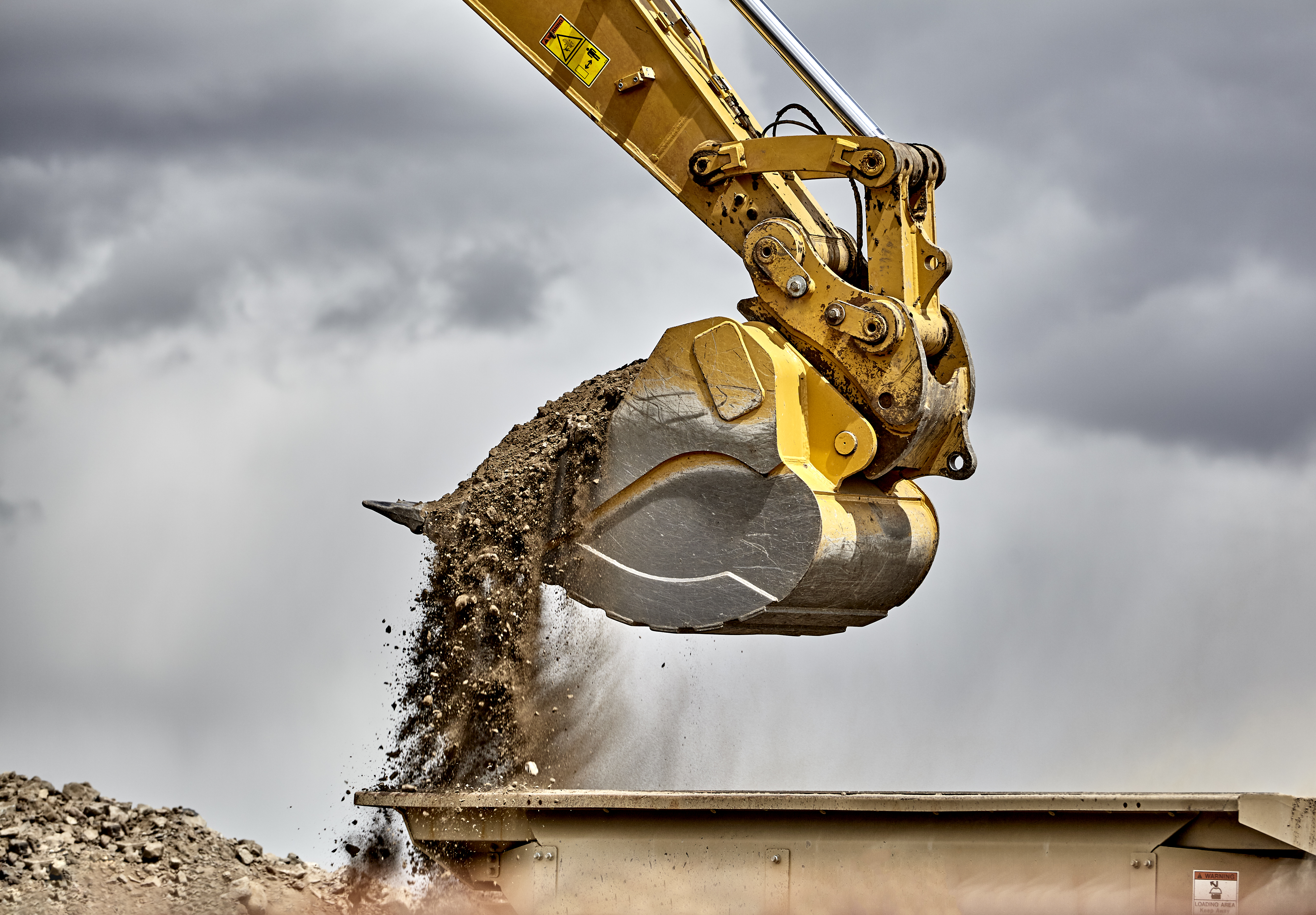
- This type of abrasion is seen when a flow of particles is not sliding parallel to a surface, but at a high angle and therefore the particles impact the surface forming “pits” due to the gouging effect of the particles on the surface.
- Over time metal substrates can become plastically deformed and may result in a fatigue type of failure. This mechanism is commonly seen affecting equipment such as drag line buckets, excavators and crushers.
The aggressiveness and severity of an abrasion process in the previously described situations are influenced by the following factors
- Particle hardness: the harder the particle the more severe the abrasion mechanism.
- Particle shape: irregular shaped particles result in more aggressive abrasion than rounded particles.
- Particle density: affects especially impact abrasion: the higher the density the more energy it will impact into a surface.
- Particle size and weight: larger or heavier particles will result in higher rates of metal loss.
- Particle velocity: higher velocities of particles increase the abrasion rate.
- Hardness difference between particles and wearing surfaces: harder particles yield more abrasion.
- Impact force: usually directly proportional to the height of falling particles onto a wearing surface.
- Percentage of solid particles in slurry: the higher the percentage of solids the more abrasive the slurry.
- Mass flow rate: with higher flow rates the abrasion level is increased.



Customer Benefits When Using Ceramic Reinforced Coatings
In the past 30-35 years, ceramic reinforced coatings technologies have been introduced to the industrial market; with the mining and ore processing industries increasingly recognizing the potential benefits of using these technologies for abrasion protection of critical operating equipment.
What exactly are those benefits and what advantages do they pose compared to traditional materials and even newer abrasion protection technologies? Let’s analyze:
- As previously stated, abrasion is one of the biggest influences on production in mining operations. The amount of investment spent daily to repair/replace worn equipment is a large part of any mining operation’s total maintenance budget.
- Production downtime is another extremely key factor. Unscheduled shutdowns of certain production equipment in large mines can mean production related losses of $50,000 per hour or even more.
- Equipment availability: this point relates directly to the downtime costs where every time a piece of equipment requires repair it must be stopped; therefore, the industry is always looking for longer lasting solutions.
- Ease of solution also affects the equipment’s downtime, since the longer it takes to implement an abrasion resistant solution, the greater the production loss.
Taking into consideration the key factors described, we can relate them to the advantages that ceramic coatings offer to this industry:
- They are the most cost-effective solution to resist abrasion conditions, when it comes to the cost of the coating compared to the equipment downtime and duration of the solution.
- Easy to apply and can be applied in a workshop or directly where the equipment is located, which also results in less downtime losses.
- They can easily be conformed to any surface shape and equipment geometry.
- They can be used to patch repair traditional and new abrasion protection technologies, such as rubber liners or ceramic tiles, which saves time compared to removing large areas of existing installed coatings/linings.
- Have shown proven performance lasting longer than rubber, specialty alloys and ceramic tiles, even when impact is present.
- Can be easily patch repaired, which means that the remaining coating after a period of operation, does not have to be removed but only cleaned to accept the new coating on top.
- They can bond very well to different types of substrates, such as all types of metals, rubber, ceramic tiles and similar ceramic reinforced coatings, after proper surface preparation.
- They can lower the replacement parts inventory, since now many parts can be repaired once and again, as long as they are structurally sound.
- They are applied without the need for any hot work, which improves safety but also means that any metal substrate does not become fatigued due to heat activated stress.
Common Applications

These ceramic reinforced coatings are used mainly to protect equipment subjected to two-body sliding abrasion or where there is equipment deterioration due to impact. They can also be used to protect equipment where there is also chemical corrosion and at elevated temperatures.
Some of the most common equipment in mining sites where ceramic reinforced coatings are used are:
- Loading & discharge chutes
- Conveyor belt wear plates
- Hoppers
- Cyclones
- Secondary, tertiary and quaternary cone crusher feed distribution plates
- Ball mill spout feeder
- Ball and SAG (Semi Autogenous) mill discharge trunnion and spiral liners
- Mill discharge junction boxes
- Hydrocyclones distribution chamber, interiors, apex and discharge channels
- Vibrating screen crossbars, overspills
- Ball mill discharge slurry pumps; suction & discharge connection and internals
- Vertical mills
- Ore and tailings thickener rakes, discharge cones and elbows
- Tailings pumps, pipes and elbows
- Flotation cell floors, overflow and launders
- Agglomeration drums feed chute and shell
- Pipe sections and elbows
- Valve bodies, seats and sealing element
- Slurry tanks agitators and floors
- Screw conveyors and trough
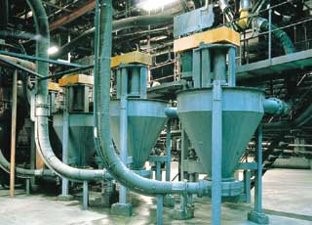
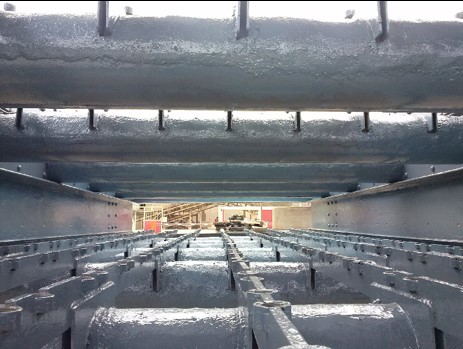
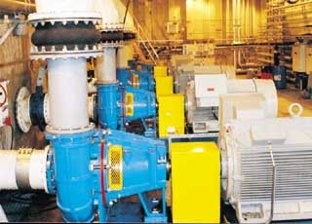
As a conclusion, we can state that the use of ceramic reinforced coatings in equipment subject to abrasion, has positively affected the maintenance practices in the mining and ore processing industry worldwide, due to the ease of use, reliability, cost efficiency and performance of these materials. With the development of newer technologies, we can see that the use and need for these types of coatings are only going to grow and the necessity to develop more types of coatings will be decided by the market needs in the future.
Talk to us! We will be happy to offer you the optimum coating solution. Please ask our Expert Desk for further information.
You can also make a preliminary selection using our product selector. Our product consultants will gladly assist you in selecting the ideal product for your application.
